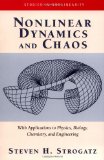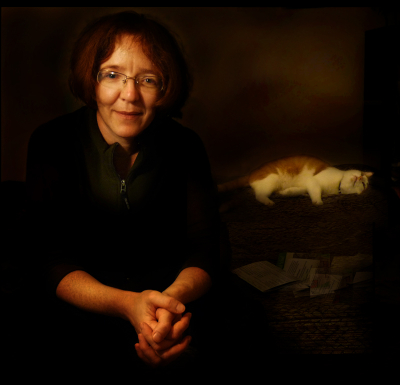Romeo and Juliet
Suppose Romeo is encouraged by love and attention. If Juliet likes him, his feelings for Juliet grow and flourish. If she doesn’t like him, he loses his interest in her.
Juliet, on the other hand, is the opposite. If Romeo doesn’t like her, she needs to win him over and her attraction for him grows. If he likes her, she feels that her task is accomplished and she loses her interest in him. Juliet likes the challenge more than the relationship.

Steven Strogatz used differential equations to model the dynamics of the relationship between Romeo and Juliet. This is a new and fascinating area of applied mathematical research; you can read more about the roller-coaster relationship between Romeo and Juliet in Steven Strogatz’s Nonlinear Dynamics and Chaos: With Applications to Physics, Biology, Chemistry, and Engineering.
Mathematicians like symmetry: in math literature they switch the roles between Romeo and Juliet randomly. So in some papers they give Romeo the role of preferring a challenge over love and in some papers they give that role to Juliet.
When I teach this subject of love, Alexander Pushkin’s famous quote always pops into my mind. The quote comes from the first lines of Chapter Four of Eugene Onegin, and in Russian it is:
Чем меньше женщину мы любим,
Тем легче нравимся мы ей…
I didn’t like the English translations that I found, so I asked my son Alexey to provide a more literal translation:
The less we love a woman, the more she likes us in return…
I blame Pushkin for my tendency to always pick Juliet as the character who thrives on the challenge, even though men are often assumed to be the chasers. I’d like to ask my readers to comment on these roles: Do you think both genders play these roles equally? If not, then who is more prone to be into the chase?
Let’s return to mathematical models. In the original model, the reactions of Romeo and Juliet are a linear function of feelings towards them. I would like to suggest two other roles, in which people react to the absolute value of feelings towards them. They do not care if it is love or hate: they care about intensity.
First, there is the person, like my friend Connie, who feeds on the emotions of other people. She’s turned on by guys who love her as well as by guys who hate her. If they’re indifferent, she’s turned off.
Second, there is the opposite type, like my colleagues George, Joseph, David and many others. They hate emotion and prefer not to be involved. They lose all interest in people who feel strongly about them and they like people who are distant. I know the name for this role: it’s a mathematician!
Share: My friend
My friend  I love the TV series of
I love the TV series of